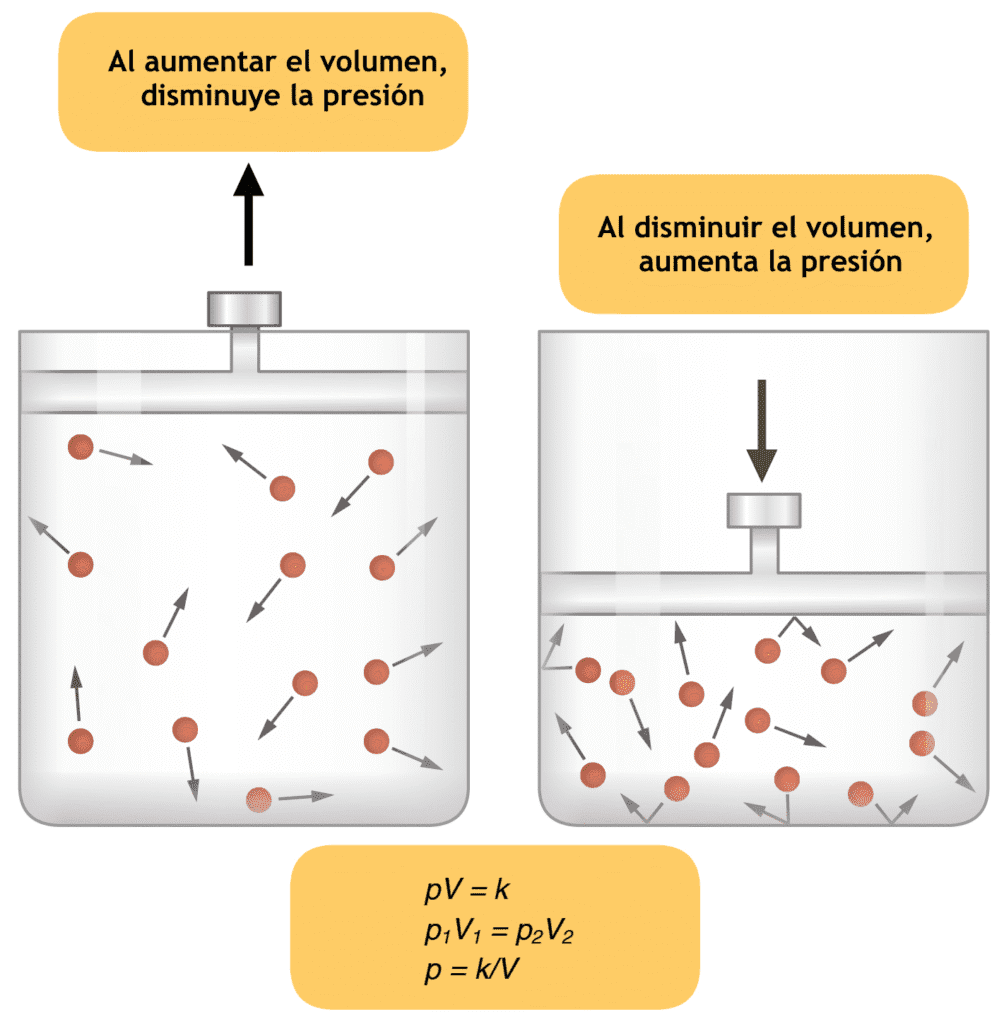Lesions requiring Cranial Base Surgery represent a heterogeneous group of lesions and vascular malformations associated with cranial base bony structures.
These pathologies provide a challenging situation for both neurosurgeon and neuroanaesthesiologist. There is abundance of structures especially vital centers in a relatively smaller infratentorial space.
Many patients present with signs and symptoms of brain stem dysfunction, cardiorespiratory abnormalities and or lower cranial nerve dysfunction.
Accurate preoperative cranial nerve examination is important because postoperative dysfunction is more likely in patients with preoperative deficits.
Cranial Base Surgery and their approaches (lateral, park-bench, prone or the sitting position) used for these surgical procedures often call for brain retraction or non-eloquent brain resection to prevent postoperative herniation.
Excessive retraction of posterior temporal lobe can lead to tearing of vein of Labbe and severe haemorrhagic temporal lobe oedema.
Other reported complications of Cranial Base Surgery include mid cervical quadriplegia, venous and paradoxical arterial air embolism, systemic hypotension and macroglossia.
Excessive postoperative cerebral swelling can lead to raised ICP predisposing a patient to postoperative CSF leak which has been observed in about 8% cranial base operations.
It can be followed by persistent CSF fistula formation. CT cistemography with intrathecal metrizamide can be used for early diagnosis of the leak.
The integrity of the airway depends upon proper functioning of V,VII, IX, X and XII cranial nerves.
In patients with skull base lesions, respiratory compromise may be due to the preexisting cranial nerve deficits, fixation of head in flexed position, intraoperative surgical insult to brainstem, rapidly expanding intracranial haematoma, nasal packing or perioral oedema.
Patient with hypoxaemia, apnoea or highly irregular respiratory patterns may require mechanical ventilatory support in the immediate postoperative period for Cranial Base Surgery .
Patients with foramen magnum tumours and Arnold-Chiari malformations may have limited neck extension making airway management difficult. Intraoperative damage to V1 cranial nerve results in corneal sensory dysfunction.
These patients require meticulous eye care to prevent corneal abrasions and loss of vision in the sensitized eye. Similarly VII nerve palsy can lead to direct injury to the eye because of the inability to close the eyes.

